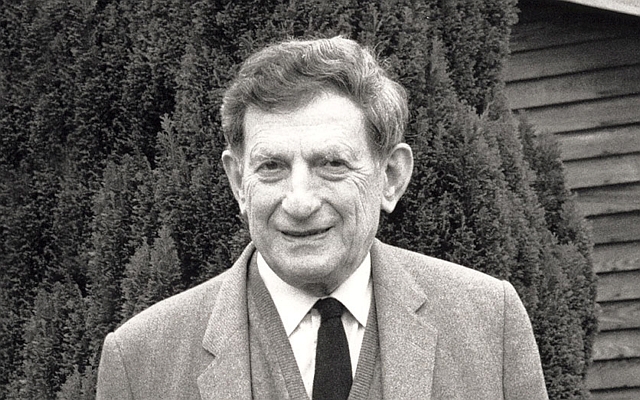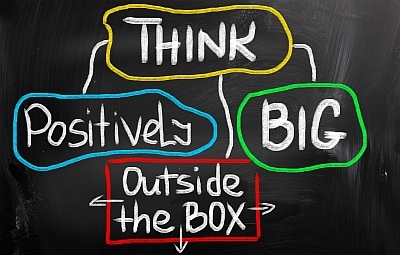To heal our fractured society, open Dialogue is essential!
Individually and collectively, we have traveled into such extremes in our experience of separation, that we are not only threatening our quality of life, but our very survival. The destructive symptoms and behaviors that we are experiencing have their roots in limiting personal and collective beliefs, emotions, stories, and world-views that limit and divide us. These symptoms and behaviors include:
- Increasing conflict and polarization within our society (rich-poor, left-right, vaccinated-unvaccinated, racism, etc.), representing separation from our common humanity.
- Pollution, ecological destruction and mass extinction, representing our separation from nature
- Expanding authoritarianism, censorship, and surveillance, representing a separation from trust
- An increase of guilt, blaming and shaming, representing a separation from responsibility
- A decrease in physical health, representing a separation from our body and emotions
- An increase in fear, anxiety, and depression, representing a separation from Self & Life
- A decrease in our sense of hope, meaning and purpose, representing separation from Source
- And, the list goes endlessly on...
With authentic, open Dialogue, we can heal the fractures, reconnect and thrive!
Typical conversations often divide us
Not all conversations are the same. Typical conversations tend to be rooted in what separates us, rather than what unites us. We discuss, deliberate and debate. We have been conditioned to preach, teach, convince, gossip, win-them-over, negotiate, argue, coerce and manipulate others into seeing the world as we do. We express opinions and judgments without examining our underlying assumptions, beliefs and shadow projections.
Outcome-focused, domination-based conversations start with a premise that 'the others need to change' which results in more separation and nothing changes. We often miss the 'whole' picture.
Dialogue is different
Open Bohm Dialogue reconnects people; bridging what divides us. It is rooted in curiosity.
If there is an agenda to dialogue, it is genuine connection, learning and understanding. It is about the practice of deeply listening, respecting and suspending our own opinions and judgments in order to clearly see and hear the person(s) before us, including ourselves. In genuine contact, listening and understanding, magic happens! Bohm Dialogue bridges the divide with mutual respect, compassion, empathy and understanding. By elevating the quality of our relationships, new insights, opportunities and solutions can naturally emerge which are more sustainable and whole.
BECOME THE CHANGE in Bohm Dialogue
Dialogue will enrich you personally in extraordinary ways. You will:
- Get clarity and understanding about what could change your world
- Learn and practice ways of communicating that will improve your relationships
- Discover your authentic voice and have it heard, respected and appreciated
- Open up your heart and mind to other perspectives and ideas.
- Make new friends and be part of an enriched, supportive community
- Get to know yourself better and expand your opportunities to grow and evolve
- Notice yourself letting go of limiting assumptions and stories that hold you back
- Expand your capacity for compassion, empathy, and acceptance of others
- Shift and collapse the divisions within yourself; finding more inner peace
- Get to contribute to the growth of others through your presence
Bohmian Dialogue
While we often use other methods to create open, connected, respectful and effective dialogue, our preferred method is Bohm Dialogue, named after the famous physicist, David Bohm. This method has been used extensively in corporate and social settings to create deeper connection and understanding across diverse groups, gain insight and resolve difficult issues and lay solid foundations for collaboration.
- Experience Bohm Dialogue and other conversations in "Conversations That Matter"
- Learn how to host open dialogue in our Liberating Leadership Lab
Participants are invited to agree to 'practices' for the Dialogue. It is a 'practice', because most people are not skilled in Dialogue and fall into old polarizing habits or ineffective communication patterns. In open Dialogue participants are invited to develop new healthier communication skills, but at times will get off track, hopefully notice this, and come back into the practice. For example, consider the practice of meditation, where your mind may spin off into thinking until you notice this and pull yourself back into watching your breath. A summary of the four Bohm Dialogue practices are:
1. SUSPENDING: Letting go of assumptions, beliefs or certainty about things and opening up to other possibilities, viewpoints, experiences or ideas. This is not about convincing others of your views, but with curiosity, attempting to connect and understand them, and in the process, knowing yourself too.
2. RESPECTING: Seeing and respecting the humanity in others and relating with empathy and compassion to their life journey. By seeing them, you may see yourself more clearly too.
3. VOICING: Discovering your authentic voice and trusting it. This is not about saying something clever or wise. It is about noticing the call within you to speak, or to just respectfully listen and notice that others might be saying exactly what you wanted to say. Speak about only one important idea at a time, rather than talking about all the run-on thoughts arising in you. Less is more. If you or someone is dominating the conversation, notice this and find a way to come back into balanced dialogue.
4. LISTENING: Listen with all your senses and intuition, to the whole person behind the words. You will be listening far more than speaking. With curiosity, hear the tone, cadence, pitch, pauses, movements, meaning, energy, emotions, values and intentions of the speakers. Be present to the beauty and richness of the silent moments too.

